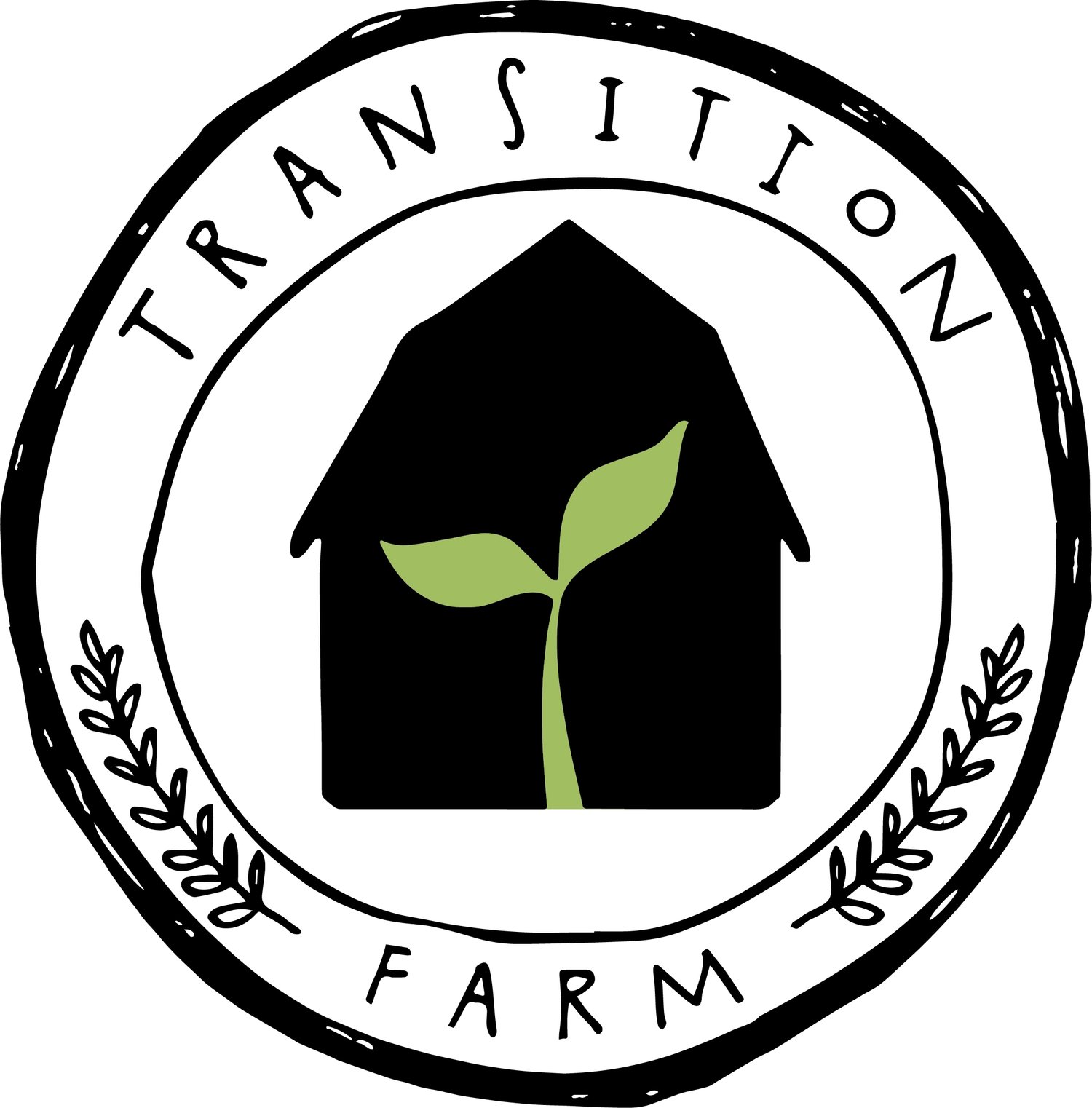TRANSITION FARM ORGANIC SEED
Quality 100% Certified Organic and Demeter Bio-dynamic NON-GMO Seed
Our next batch shipment date to Western Australia is 9th June 2025. For more options, check the POSTAGE page.
Tomato 'Pomodora Roma Nano'
Tomato 'Pomodora Roma Nano'
Solanum lycopersicum
A classic Italian Roma but smaller in size on a more compact plant. The fruit are juicy with thick, meaty, firm flesh and few seeds.
Mid season
60-80gm, 75-80mm long meaty fruit
Heavy yields
Semi-Determinant, busier, more compact plant 1-1.2m
The semi-determinant nature of the plant makes it bushier and more compact then indeterminate varieties but they continue to produce fruit for a long season. Heavy weekly harvests perfect for sauce, pasta, jarring whole peeled tomatoes and salsas.
While the name "Roma" suggests Italy, the Roma tomato, including its smaller "Nano" version, was developed in the United States, specifically in the early 20th century. The "Nano" Roma is simply a smaller version of the standard Roma tomato, likely bred for its compact size and suitability for smaller gardens or containers.
Recommended in Gardeners World Magazine by Raymond Blanc.
Certified Demeter Biodynamic and Certified Organic
SEED COUNT: 25 approx.
Germination: Lot# 17788 Mar 2025. 90%
Seed Raising, Growing and Harvest Information
| Plant Type | Site | Spacing | Height | Sowing Depth |
Days to Germination |
Days to Maturity |
|---|---|---|---|---|---|---|
| Tender Annual |
Full Sun | 50cm apart in rows 105cm apart |
1-1.2m | 6mm | 5-10 days @ 21-27 degrees |
90-100 days |
TRANSPLANT (recommended) – Start transplants 5- 6 weeks before planting date. Sow seeds 6mm deep, 4 seeds/2.5cm. Lightly cover. Keep mix at 23-28°C. Pot up into 5cm or larger cells after first set of true leaves appear. For growing transplants, maintain temperature at around 22°C during the day and 18°C at night
Harden off plants by slightly reducing temperature to 15-18°C and reducing water for 2-3 days before transplanting.
NOTE - Don't start too early—leggy, root-bound, or flowering transplants can cause stunting and reduce early production. Avoid exposing unprotected plants to consecutive nightly temperatures below 7°C.





















